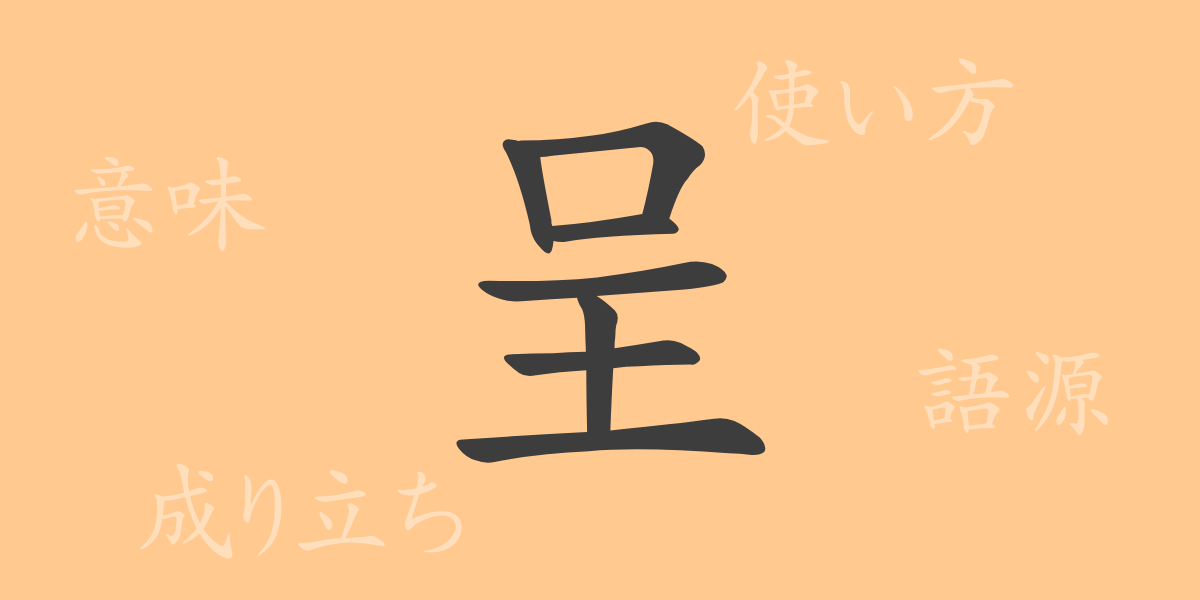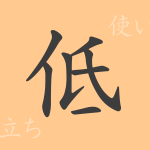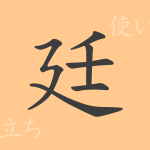Kanji characters deeply root in our daily lives, among which ‘呈(テイ)’ is essential in the Japanese language, illustrating complex concepts. This article explores the Kanji ‘呈’, delving into its origins, meanings, and usages, along with various idioms and proverbs. Understanding ‘呈’ as a common Kanji allows us to appreciate the cultural and philosophical backdrop of our expressions.
Origins of ‘呈(テイ)’
The Kanji ‘呈’ originated in ancient China, initially depicting the act of presenting something with hands. Over time, its form and meaning evolved to represent ‘to display’ or ‘to show.’ This evolution reflects how characters are not just symbols but living elements mirroring cultural and societal changes.
Meaning and Usage of ‘呈(テイ)’
‘呈’ primarily means ‘to show’ or ‘to express,’ used when conveying something to someone. It appears in phrases like ‘提呈する(テイテイする)’ and ‘呈示する(テイジする),’ which involve formally submitting documents or opinions. Thus, while ‘呈’ is not frequently seen in daily conversation, it plays a crucial role in formal documents and business contexts.
Readings, Stroke Count, and Radical of ‘呈(テイ)’
The Kanji ‘呈’ is well-familiar to many in Japan, known for its usage and structural components.
- Reading: On’yomi (Sino-Japanese reading) is ‘テイ’, with no commonly used Kun’yomi (native Japanese readings).
- Stroke Count: ‘呈’ consists of 7 strokes.
- Radical: The radical is ‘口(クチヘン)’, indicating the mouth component.
Phrases and Idioms Using ‘呈(テイ)’
There are many idioms and phrases involving ‘呈’, each carrying unique nuances. For example, ‘提呈(テイテイ)’ means to offer or formally submit something; ‘呈示(テイジ)’ denotes clearly showing something; ‘呈報(テイホウ)’ refers to making a report or submission, usually in an official capacity.
Conclusion on ‘呈(テイ)’
Through this article, we have gained a deeper understanding of the Kanji ‘呈’, its historical background, meanings, and usages. In Japanese, it is predominantly used in formal or business contexts, lending a formal nuance to communications. Although it might be less visible in everyday life, ‘呈’ plays a significant role in the Japanese language, underscoring the importance of formal expressions and respectful communication.

























